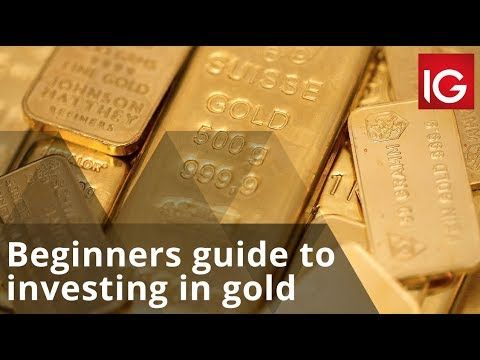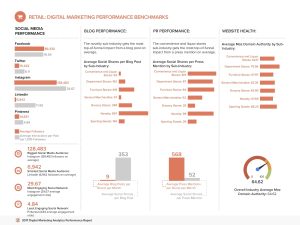
How to invest in gold and other precious metals
Investing in gold and other precious metals can be an attractive option for individuals looking to diversify their investment portfolios. These assets have long been regarded as a safe haven during times of economic uncertainty. If you're considering entering the world of precious metals investing, here are some key points to keep in mind.
Research and Education: Before diving into the market, it's essential to understand the dynamics of the precious metals market. Learn about the different types of metals available for investment, such as gold, silver, platinum, and palladium. Understand the factors that influence their prices, including supply and demand dynamics, geopolitical events, and economic indicators.
Determine Your Investment Goals: Consider why you want to invest in precious metals. Are you looking for a long-term store of value or a short-term speculative opportunity? Identifying your goals will help you determine the best approach and investment strategy.
Decide on the Investment Vehicle: Precious metals can be acquired through various investment vehicles. The most common options include physical bullion, exchange-traded funds (ETFs), mining stocks, and futures contracts. Each option has its pros and cons, so choose the one that aligns with your investment goals and risk tolerance.
Assess Your Risk Tolerance: Like any investment, precious metals come with their own set of risks. Prices can be volatile, and market conditions can change rapidly. Assess your risk tolerance and determine the portion of your portfolio you are willing to allocate to precious metals.
Diversification is key to managing risk effectively.
Purchase Physical Bullion: If you opt for physical bullion, decide whether you want to buy coins or bars. Coins are generally more popular among individual investors due to their smaller size and higher liquidity. Research reputable dealers and ensure you are buying from a trusted source to avoid counterfeit products.
Consider ETFs: Exchange-traded funds are an increasingly popular way to invest in precious metals. These funds allow you to gain exposure to the price movements of metals without physically owning them. Research different ETFs, compare their expense ratios, and evaluate their performance before making a selection.
Explore Mining Stocks: Investing in mining companies can offer exposure to the precious metals market while leveraging the expertise and operational efficiency of established companies. Conduct thorough research on the mining companies, assessing their financial health, management team, and production capabilities.
Futures and Options: Advanced investors may choose to trade precious metals through futures and options contracts. These derivative instruments allow you to speculate on the future price of metals without owning the underlying assets. However, they can be complex and involve higher risks, so adequate knowledge and experience are necessary.
Storage and Security: If you invest in physical bullion, ensure you have a secure storage solution in place. This could be a safe deposit box, a home safe, or a specialized storage facility. Safeguard your investment by insuring it against theft, damage, or loss.
Monitor and Review: Regularly monitor the performance of your precious metals investments. Stay informed about market trends, news, and global economic developments that may impact prices. Periodically review your investment strategy and make adjustments as needed.
Investing in gold and other precious metals can be an excellent strategy to diversify your investment portfolio and protect against inflation and economic uncertainty. However, like any investment, it requires careful consideration, research, and risk management. By staying informed, setting realistic goals, and adopting a disciplined approach, you can navigate the precious metals market and potentially reap the benefits of this unique asset class.

